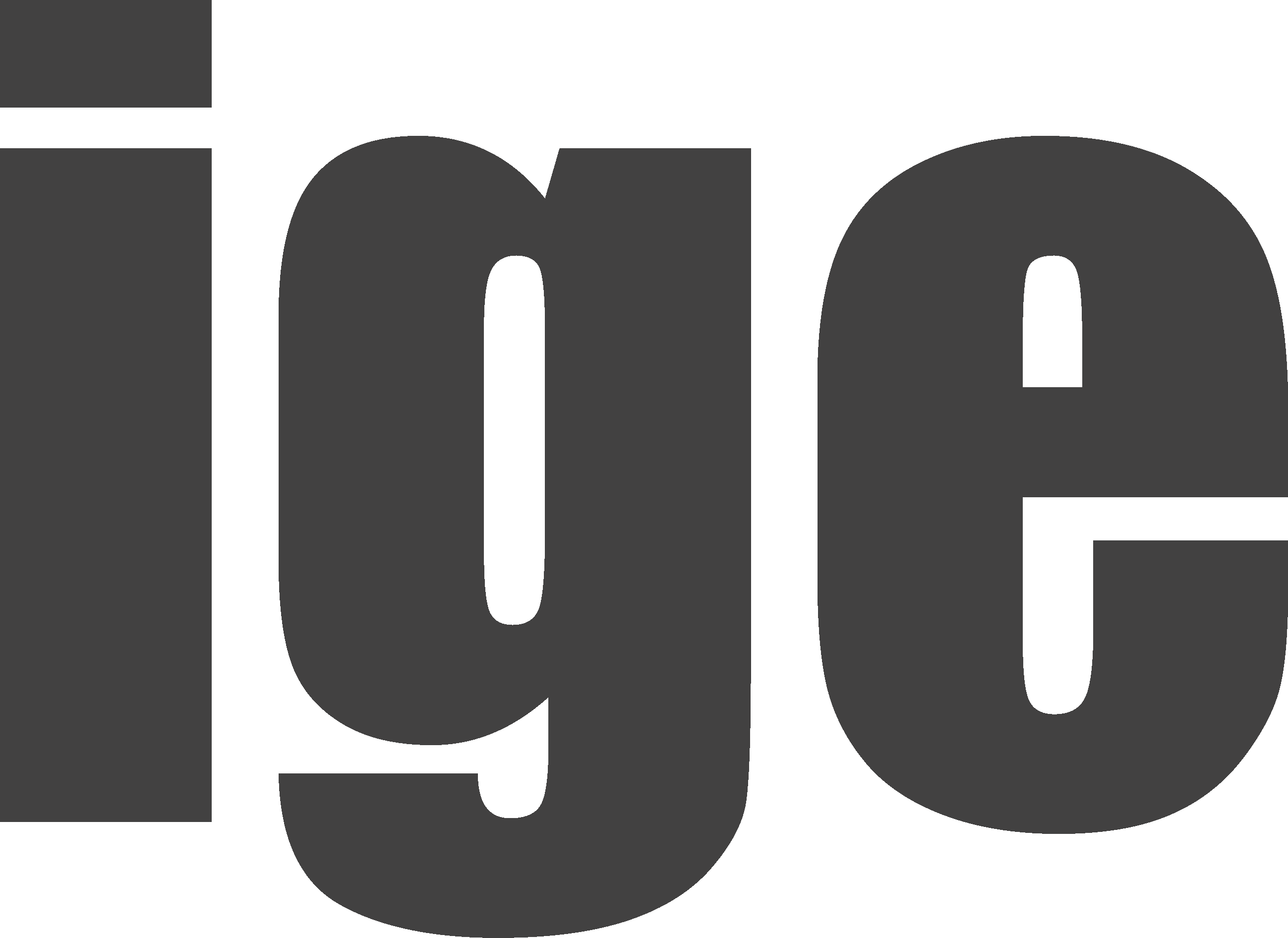Hybrid High
2010/21
What would you build if your client said, you can do whatever you want?
On a site in the center of the city, a low-rise building owned by the client can be demolished and replaced by a much taller high-rise tower. The client has recently become aware of this extraordinary potential with re- gard to the site. With the aim of reducing urban sprawl and traffic, it has become known, that the city authori- ties are willing to intensify the density of the city and provide more usable space for mixed use within the city center. The site in question is particularly suited to this purpose.
Of course, the authorities will need to be convinced that the proposed solution is truly sustainable and an important contribution to achieving this aim. The re- percussions of the 2020 corona virus pandemic and in particular the impact it may have on the way we will choose to live, work and play in the future will influ- ence your design decisions as well as the ensuing de- cisions of the building owner and the city authorities.
The city is Novi Sad in Serbia. The site is located at the intersection of 2 large boulevards in Novi Sad, namely, the boulevard Kralja Petra 1 and the Boulevard Oslo- bodenja. The site is in walkable distance to the city centre (approx. 20mins). The program of the building is your choice.
And so, the central question of this year’s academic year at our institute is: how can the form and design of a truly sustainable and high energy performance building be derived by consideration of context, cli- mate and culture? In particular, which form should a tower at this specific location and at this specific point in time take?
Instead of adopting and adapting forms from other parts of the world where the high-rise tower typology is more prevalent, the aim is to derive from first prin- ciples a new typological approach specifically suited to and generated from consideration of the prevailing climate, context and culture at this location.
To increase the effectiveness of our efforts, encour- age intercultural and interuniversity communication and debate and in particular to strengthen our knowl- edge with regard to local expertise and knowledge of the site and the specific local boundary conditions, we have decided to team up with the with the archi- tectural faculty in Novi Sad. As always, we will be co- operating again with the Angewandte University of Applied Arts in Vienna too, so that teams of students from three universities will be working on this project.
Novi Sad
Novis Sad is the second largest city in Serbia and the capital of the autonomous province of Vojvodina. The city was heavily devastated in the 1848 Revolution, but was subsequently rebuilt and restored. Today, along with the Serbian capital city of Belgrade, Novi Sad is an industrial and financial centre important to the Serbian economy. Novi Sad is the European Capital of Culture for the year 2021.
Thanks to the constant work and effort, Novi Sad be- comes the centre of IT and innovation in this part of Europe. Several different segments of society partici- pate in this work, which, together, create a healthy eco- system for the advancement of the IT industry. Equally, the economy, the education system, and government representatives participate in the whole process. It should not be overlooked that the entire community has recognized IT as the engine for all other sectors of the economy
Novi Sad: the Modern(ist) City
Novi Sad’s population was around 70,000 people in the pre-war period and reached 40,000 inhabitants at the end of the war. Already in 1961 Novi Sad reached the number of 155,685 inhabitants. We associate this demographic boom with the intense industrialization and urbanization of the entire state and of Novi Sad itself. After 1961, the population increased linearly and almost equally over the coming decades and, accord- ing to the 1971 census, it amounted to 206,821.In 1981 it was 250,138 and in 1991 it was 265,464 inhabitants. According to the last official census from 2011, Novi Sad had 341,228 citizens.
Boulevards: new standards of city life
One of the key political decisions in the history of the city is the establishment of Novi Sad as the adminis- trative centre of the Danube Banate (Danube = river Donau). This decision generated the rapid develop- ment of the city, which was immediately interrupted by the war. However, even in the new political system, the idea of Novi Sad as the centre of the region remains in place and all planning documents followed this deci- sion. The title of “capital city” was a precondition for Novi Sad to become a significant industrial place, ob- tain the University campus, a network of cultural facili- ties, public facilities and proper infrastructure for this kind of city.
One of the most radical decisions was changing the traffic scheme from a radial to an orthogonal one. The plan envisaged the route of two completely new large boulevards with several lanes.
If the extension of Mihajlo Pupin Boulevard meant “reckoning” with the previous political system, the Boulevard of October 23rd, was a cut intended to put the working class at the centre of urbanization and as a key factor in society.
The significant industrialization of Novi Sad after the Second World War allowed for a greater concentration of the population, but also the creation of a new social class which worked in the industry and which needed its own space in the city. The boulevards thus became one of the most significant spaces of working-class ur- ban life, which brought with it new standards of hous- ing, education and the services which followed them.
